Minolta MD 3.5/100 Macro – Specifications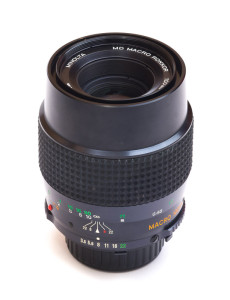
Diameter: 75mm
Length: 89mm
Filter Thread: 55mm
Weight: 600g
Max. Magnification : 1:2
Close Focusing Distance (from the sensor/from the front of the lens): 45cm /27cm
Number of aperture blades: 6
Elements/ Groups: 5/4
Price: (February 2015): 90-150€ in good condition at ebay.de or $110-170 at ebay.com (affiliate links)
i want to thank Marc for borrowing me the lens to write this review!
Image Samples in low resolution

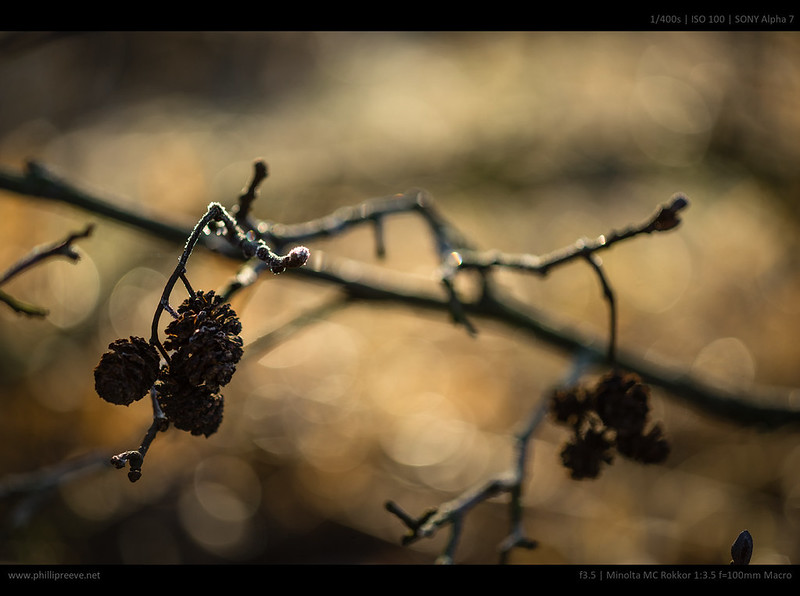
You can find some more samples in this flickr set.
Versions
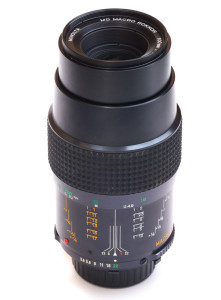
Minolta made three versions of the lens which share the optical design
- The Minolta MC MACRO ROKKOR-QE100mm 1:3.5 was introduced in 1972 and has a metal focusing ring with 550g it is a bit lighter than later versions.
- The Minolta MC MACRO ROKKOR (QE) 100mm 1:3.5 was introduced in 1973 and it has a rubberized focusing ring.
- The MinoltaMinolta MD MACRO ROKKOR 100mm 1:3.5 is the version shown in my pictures.
The differences between the different versions are minor and only cosmetically. Only if you plan to use the lens on a younger Minolta film camera the MD version has some advantages.
For more technical details visit the Minolta SR lens index.
Build quality and handling
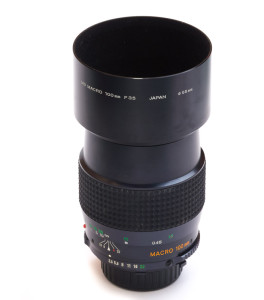
Builts quality is excellent, everything is made from high quality metals and feels very solid.
The focusing ring travels around 220° from 45cm to 1m and a further 60° to infinity. The focusing has just the right amount of resistance and is a joy to use. It is a bit hard to focus the lens at longer distances because the focus throw is quite short at distances above 1.5m.
The aperture ring has full stops from f/5.6 to f/16 and no stop from f/3.5 to f/5.6 and f/16 to f/22.
The lens is quite large for a little camera like the Sony Alpha 7 and I prefer to use a L-bracket with it but it is quite possible to use it without. The weight is centered in the middle of the lens which is good for balance.
The front lens is a bit recessed and well protected even without the massive made-from-metal lens hood. Because the lens is very sensitive to flare the lens hood is recommended none the less.
Optical performance
These results are based on the use with a Sony Alpha 7.
Flare Resistance
The lens is very very sensitive to flare and this can be quite limiting at times
Bokeh
Bokeh is one of the biggest strengths of the lens.
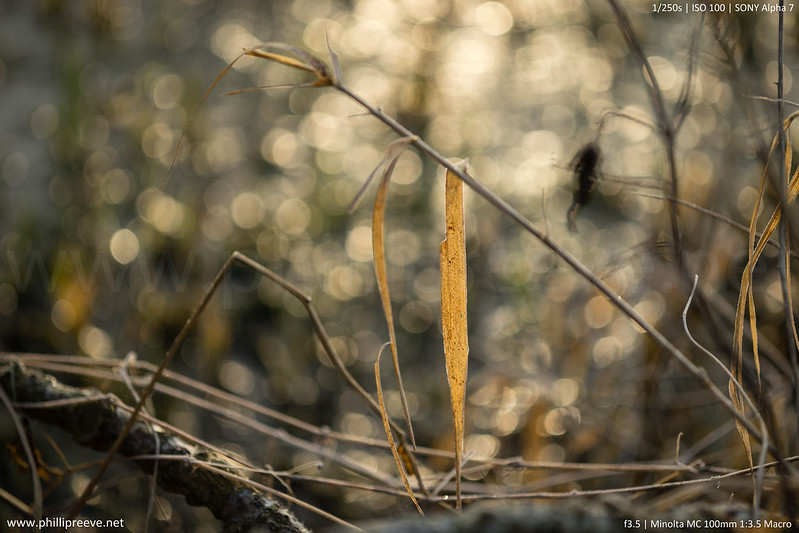

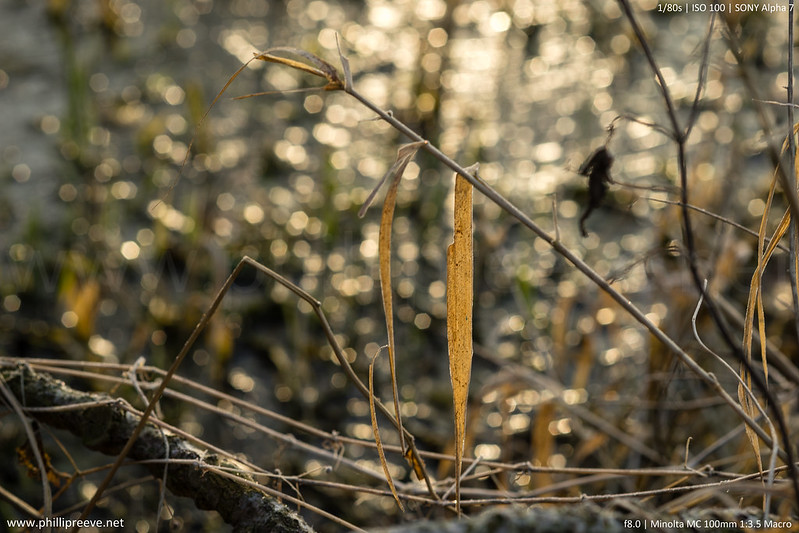
Chromatic Aberrations
Lateral chromatic aberrations are almost non existent.
Axial chromatic aberrations (“bokeh fringing”) are about average.
Sharpness
f/3.5 and f/5.6: Sharp in the center but midframe and corner sharpness isn’t that good.
f/8:Now the image is sharp to very sharp across the frame. A solid but not great performance.
f/11: The corners improve further
Now lets have a look at the closeup performance, I compared it to my Tokina 2.5/90 which is an excellent lens.
First the center with my Nex-5n: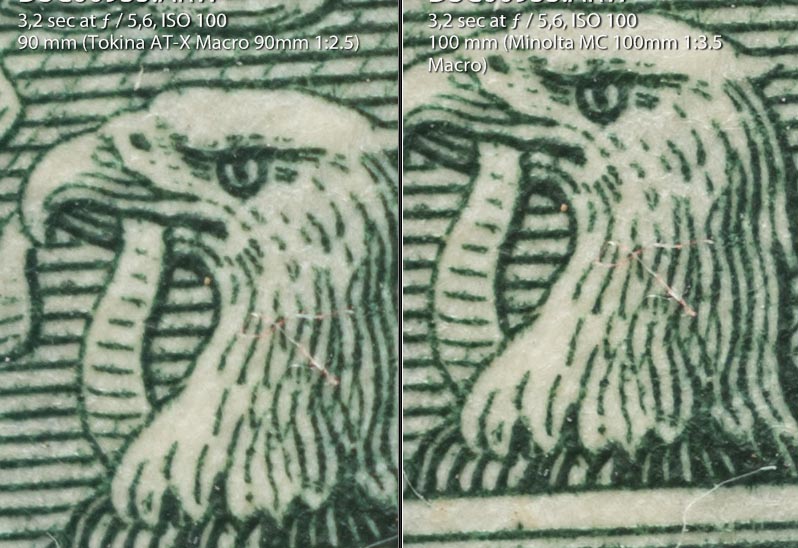 I see an advantage for the Tokina but the difference isn’t huge.
I see an advantage for the Tokina but the difference isn’t huge.
Now I placed the same subject in the corners (back to a7):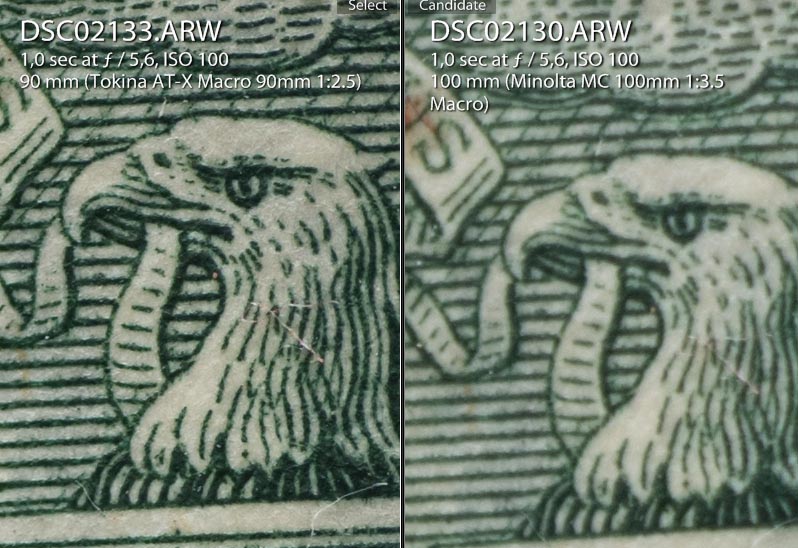 ouch! I redid the test two times because I assumed that I had make a mistake but with no better results. Based on the infinity results f/8 would probably give better results for the Minolta but you will notice diffraction.
ouch! I redid the test two times because I assumed that I had make a mistake but with no better results. Based on the infinity results f/8 would probably give better results for the Minolta but you will notice diffraction.
While sharpness is good enough for most applications there are sharper manual lenses out there.
Conclusion
This is a nice lens, the mechanical quality is great and optically it is a capable lens, the only issues I found is the bad flare resistance and below average corner performance (which isn’t that much of a problem in the field). I enjoyed using it.
What I did not enjoy was carrying it: This is a pretty big and heavy lens and I found myself often wondering if it was worth to put it in my bag when there are other lenses which do the same or even more while being lighter.
My Tokina 2.5/90 Macro is much a more versatile lens: It is a lot smaller and a little lighter while being faster (important for portraits), not that sensitive to flare, sharper and easier to focus at longer distances.
So if you already own one or can get one cheaply I am pretty positive that you will enjoy it. But don’t spend too much on it.
Here are the ebay links: ebay.de | ebay.com (affiliate links)
Alternatives
- Minolta MC 2.5/100: Not a macro lens but a better portrait and landscape lens. For my everyday photography I would prefer it.
- Tokina 2.5/90 Macro: I think this lens does everything the Minolta does a little better, the only downside is the noticeably higher price
- Almost any manufacturer had a 4/100 Macro lens and these are usually a lot smaller and lighter than this lens. The Minolta MD 4/100 is a bit sharper but I didn’t like the focusing ring.
Images Samples in full resolution
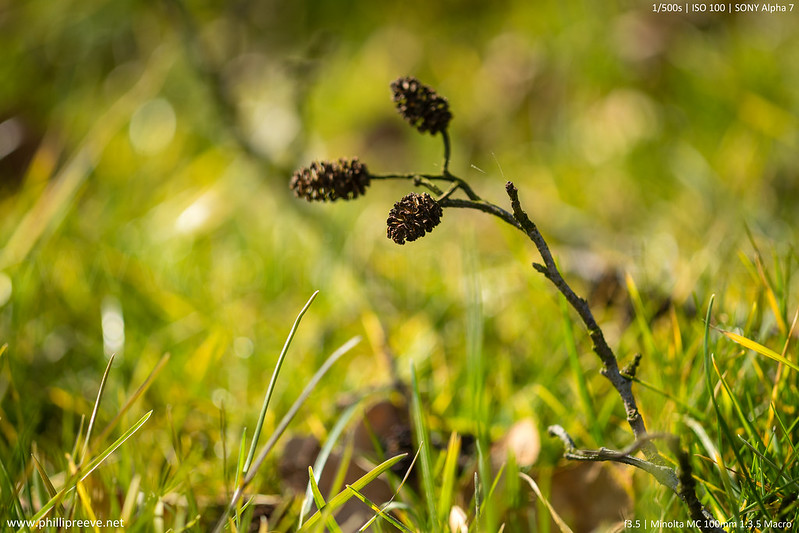
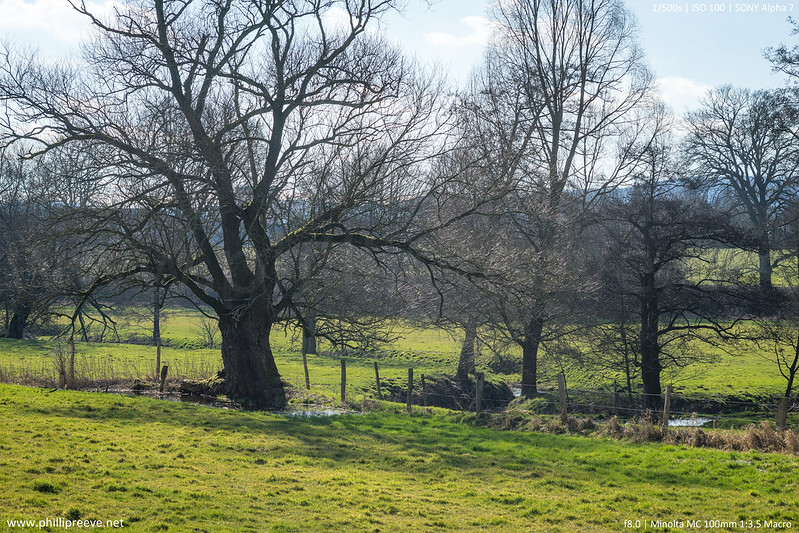

Further Reading
For more Minolta lenses check out my Minolta list.
To learn about manual lenses in general this beginners guide might be helpful.
This site contains affiliate links. If you make a purchase using any of the links marked as affiliate links, I may receive a small commission at no additional cost to you. This helps support the creation of future content.
Latest posts by Phillip Reeve (see all)
- Review: Samyang AF 75/1.8 FE - April 12, 2021
- The FE-List now has 113 lenses on it - March 25, 2021
- 2020 – Year’s end review - December 28, 2020
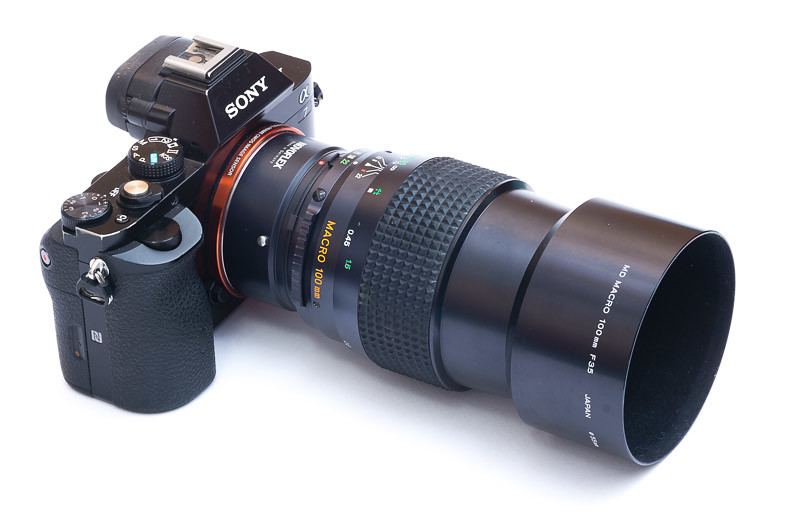

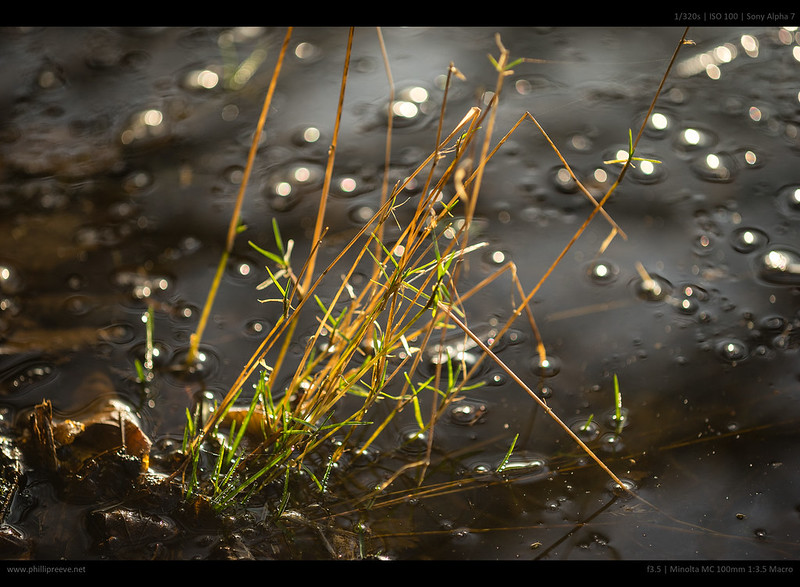
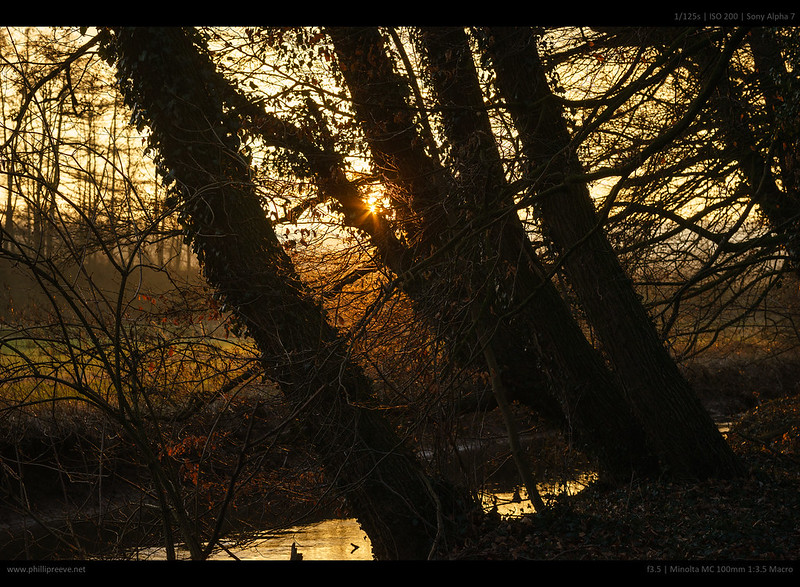

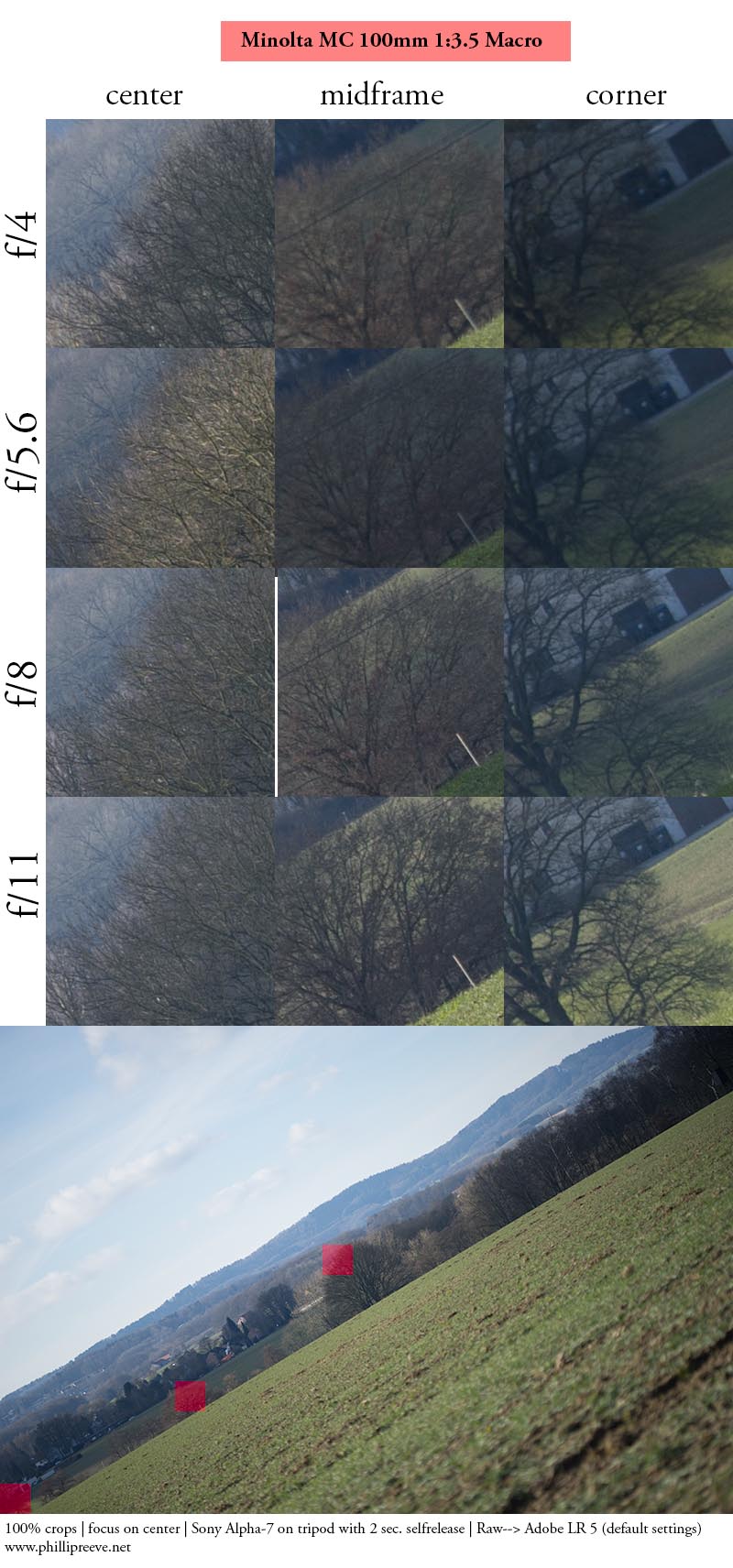
I must give you a compliment. You are doing great reviews and also for lenses I’d never thought about, but you show how good all these perform on the modern cameras.
Everytime I read a new blog entry I get new “must-have” feelings. In this case not specially for the Minolta 100/3.5, but for the MC 100mm 2.5, that seems to be more what I’m searching for. Currently I’m searching for a tele that I could use for portrait and landscape, some sort of macro functionality would also be nice, but that seems not that easy to combine. Mostly I was researching at the typical 85mm lenses, but also I found the Canon FD 100mm 4 Macro interesting, because of it’s sharpness and it shouldn’t perform that bad for Portrait and Landscape, from what I heard.
So thanks, and I definitely will motivate you to continue your work. If I’m going to buy a lens I’ll definitely try to use a affiliate link, if possible.
thanks for the compliment 🙂
Maybe the MC 2.5/100 with a closeup lens would be a good option for you, stopped down the performance is quite good actually and you can focus much closer.
Another option might be the Pentax SMC 4/100 Macro which is 100g lighter than the Canon FD. But please don’t bid on the auction from photoduke, I already placed a bid 😉
As always, nice Review and write up! My personal favorite not so new macro lens for the A7 is the olderSigma 105mm F2.8 for Nikon Mount (in contrast to the newer G versions, this one has a good old aperture ring 😉 ) … I am quite happy with it so that I can fight off thoughts to get the new native 90mm Sony Lens some time …
How does the manual focus feel on that one?
The new Sony is a great lens, no question. But it is also a very large and really expensive one.
Phillip – Do you know anything about the quality of the Auto Rokkor QE or the MC Rokkor QE that were produced in 65 and 66 (52mm thread)? They are significantly smaller and lighter, but I haven’t find much info on them. Thanks!
I have no experience with them. I think they could be interesting because they are so small so they could be interesting macro lenses
IMO the MD 100mm f/4 is a better option.
It’s sharper, has no CA even wide open and is quite light.
Fully agree with your take on the f 4.0.
Agree. I think as a macro it’s as good as the Kiron 105/2.8, and for other use than macro it’s much better.
What adapter are you using for this? Thanks!
K&F or Novoflex adapter guide
I wish you’d do 1:1 tests when testing a Macro designed for 1:1 like this one, as otherwise, we may not know if at the designed working distance it is better or worst than the other alternatives.
It isn‘t designed for 1:1 but 1:2 and there I compared it to a very good other macro.
Hi, I just want to report a broken link from the Minolta reviews page to this lens.